Thanks to people like Turner Mohan, we are able to see Tolkien’s stories come to life through beautiful artwork. What first drew me to Turner’s work was the very soft quality his pencil pieces possess; it faintly reminded me of Alan Lee’s sketches. After exploring his Deviantart I discovered he had many pieces dedicated to Tolkien. In addition to his pencil illustrations, he has sculptures, paintings, and colored illustrations of beautiful clothing. I found myself going through his gallery piece by piece, looking at all the faces, architecture, costumes, weapons, easily picturing his version of Middle-earth in my mind. I wanted to learn more about the artist, and am happy to have had the chance to talk with Turner.
Middle-earth News: First off, can you tell us a little bit about yourself and your background in art?
Turner Mohan: First of all I’d like to say thank you for this interview, and to the people on Deviantart who have shown interest in and appreciation of my work. It’s been a great opportunity to connect with people, and fellow Tolkien fans specifically. As for myself, I’m twenty seven years old, and am originally from Long Island. I’m currently living in New York City and working as a freelance illustrator. I’ve been drawing basically all my life, though until recently have never had much of a real education in the arts. These days I’ve been trying to get into painting, and I’ve done a lot of figure sculpture work over the years. Also I’ve worked as an assistant/apprentice to a period-recreation armor maker.
I mostly like drawing fantasy things; characters and creatures that I don’t get to look at in real life. I was always kind of a spacey kid, spending large amounts of time daydreaming about fictional things, and drawing allows me to get down the things that run through my head in a way that I can remember, and that other people can see and hopefully enjoy.
I usually try to give my fantasy art a strong foundation in real-world influences, and to try and tap into the classic archetypes that lie behind things like dwarves and trolls and dragons. My tastes generally lean toward european history/mythology, though really all human history and cultural mythologies are a subject of great interest to me. In a different life I think I could have been an anthropologist, and in a way that’s how I see my fantasy art; as a kind of fictional anthropology.
M-e News: How were you introduced to J.R.R. Tolkien?
TM: Via the Rankin Bass Hobbit. I’m slightly ashamed to admit it, but that weird, creepy little cartoon was my first exposure to Middle-Earth, probably when I was around six or seven (and it scared the crap out of me). Shortly after I discovered the book, which instantly became a favorite, and then a few years later read The Lord of the Rings, and then The Silmarillion. I fell in love almost instantly with Tolkien’s work; it’s really changed my life and had a big hand in making me who I am today, and I don’t see any end to my enjoyment of it in the near future.
M-e News: I read that you are working on a Middle-earth historic costume picture book, can you tell us more about that?
TM: It’s a long-term project I have in mind; I’ve always loved those old Victorian “Historic Costume in Pictures” catalogs which present the whole history and evolution of human dress and armament from the stone age right up to contemporary fashions through hundreds and hundreds of beautifully illustrated figures, I’d love to see a book that does that same thing but for the peoples and cultures of middle-earth. Tolkien’s world, I believe, has the kind of depth and detail that it could support such a thing; the history of Middle-earth and its cultures is so dense and fascinating, and is dotted with so many striking visual images (the fearsome 1st-age dwarven war masks, the bizarre, cephalopod-like Númenórean “karma” helmet, the elaborate red and gold raiment of the Haradric warriors) most of which get only the briefest written reference in Tolkien’s books, but have a way of sticking in your head and contributing to the great sense of reality of his world.
So far I’ve just been working on a collection of images that will hopefully one day find their way into such a book; I couldn’t legally publish it without the permission of the Tolkien estate and/or the publishers, but I hope that in the long run I can manage to get the go-ahead for that (any and all suggestions as to how to go about that are most welcome, BTW).
M-e News: What would you say is your favorite culture in Middle-earth to explore?
TM: God that’s a tough one, but I think I’d have to say the Dwarves. I was first exposed to Tolkien through The Hobbit, so the dwarves were my first love as a culture of Middle-earth, and there’s something just imminently satisfying to me about them; they’re tough, staunch, traditionalist, hard working, set in their ways, and have this great sense of honor and duty. It’s funny, these are not for the most part traits I see much of in myself, but as one looking in from the outside, I find dwarves and their culture very stimulating artistically, though like I said that’s a really tough one. Elves, Númenóreans and orcs are all right up there as well.
M-e News: Your armor and weapon designs are very unique, where do you get your inspiration?
TM: My ideas for those are almost entirely from various historical influences, mixed together in a cohesive way that (hopefully) looks and feels right for the people being depicted. I was very influenced by how Peter Jackson’s team, when designing Middle-earth, put a strong emphasis on using historical references. I’m not a big fan of what I call “D&D style” designs, where you’ve got these impossibly huge, heavy suits of armor, and war-hammers as big as fire hydrants and such. It’s just way too overblown and gaudy for my taste, and Tolkien’s world feels so much like some alternate version of real history/mythology that I think it’s best suited to a more grounded, historical look and feel.
Almost none of my finished designs are taken from just one historical source of course (my dwarven armor for example has elements of Japanese, viking, ancient near-eastern, and Mughal-Indian armors, along with some purely fictional elements) but my hope is that my designs combine their source materials in a way that feels both convincing for that middle-earth culture, and like something that could have existed in history.
M-e News: Do you have a favorite weapon and/or armor from the LOTR/Hobbit films? Any you would love the chance to own yourself?
TM: Hmm, probably Boromir’s sword (with the shield too) I’m very fond of the proportions of that sword, and it’s beautifully simple design; it really looks like a weapon you could take care of business with (which made it perfect for him) and there’s something quite physically satisfying about the sword-and-shield combination. I’ve tried swinging around a few of those big two-handed great swords and always found it to be kind of an awkward, spastic experience. I don’t know how people used them in real life.
M-e News: You have a lot of work centered around Tolkien’s stories set in the first ages of Middle-earth, do you feel like you have much more freedom to draw from those tales as compared to The Lord of the Rings and The Hobbit?
TM: Yeah, I would say so. LOTR and The Hobbit are such covered ground at this point, in large part on account of the movies, but also just because those books have been so popular for so long that almost every scene and character in them are very well accounted for in people’s minds. The material covered in The Silmarillion (as well as Tolkien’s other posthumous work, and the huge amount of information found in the appendices to LOTR) is comparatively more uncharted territory, and it focuses on the world itself, not as much on individual characters or scenes as The Hobbit or LOTR, which I find gives great opportunities for the kind of design-centered illustrations that I do.
M-e News: What are your favorite mediums to work in?
TM: Well, pencil and pen are definitely the two mediums I’m most comfortable with. I’ve been using those all my life and have only recently started to branch out into painting; I’ve always loved the look of watercolors (particularly Alan Lee and John Howe’s work) but at this point I’ve still got a lot to learn about them.
M-e News: How would you describe your art style?
TM: I’d say I like to do images that tell a story, not necessarily “scenes” per se, with a definite narrative, but something where you can get something about a character (or a particular race of people) without having to see them do anything. I’m very figure-centric as an artist; it’s mostly the figures in a piece that I’ll be interested in, background elements and all that are usually an afterthought. I guess that’s some bleed over from my time spent doing sculpture.
M-e News: Aside from subjects related to Tolkien, what do you most enjoy drawing?
TM: I try to draw a lot from life (though probably not as much as I should) and then I’ll go into phases where I’ll draw from certain periods in history; Greeks, Romans, vikings, medieval knights, conquistadors and Aztecs were all particular favorites of mine for a time. Also for a long time I was doing almost exclusively Batman-related art (no other comic book superheroes really, just Batman, go figure).
M-e News: When you’re not creating amazing artwork, what can people usually find you doing?
TM: I spend a lot of time in art and natural history museums and galleries (which I find an invaluable source of inspiration) and I do some work on student/independent film sets. I also really like to travel, I haven’t gotten to do so for a while now, though I hope I can turn that around before too long. Oh and procrastinating, I find myself doing an awful lot of that!
See all of Turner’s artwork via his DeviantArt.

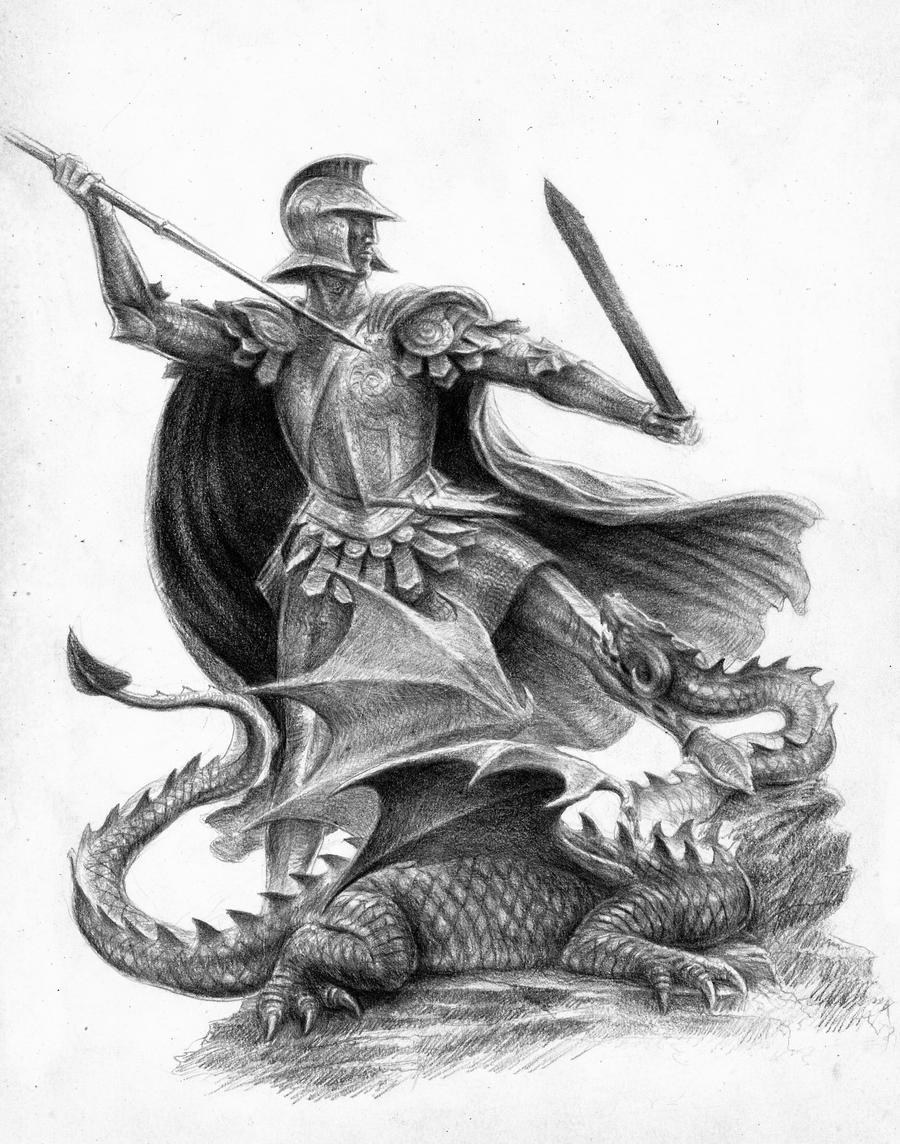
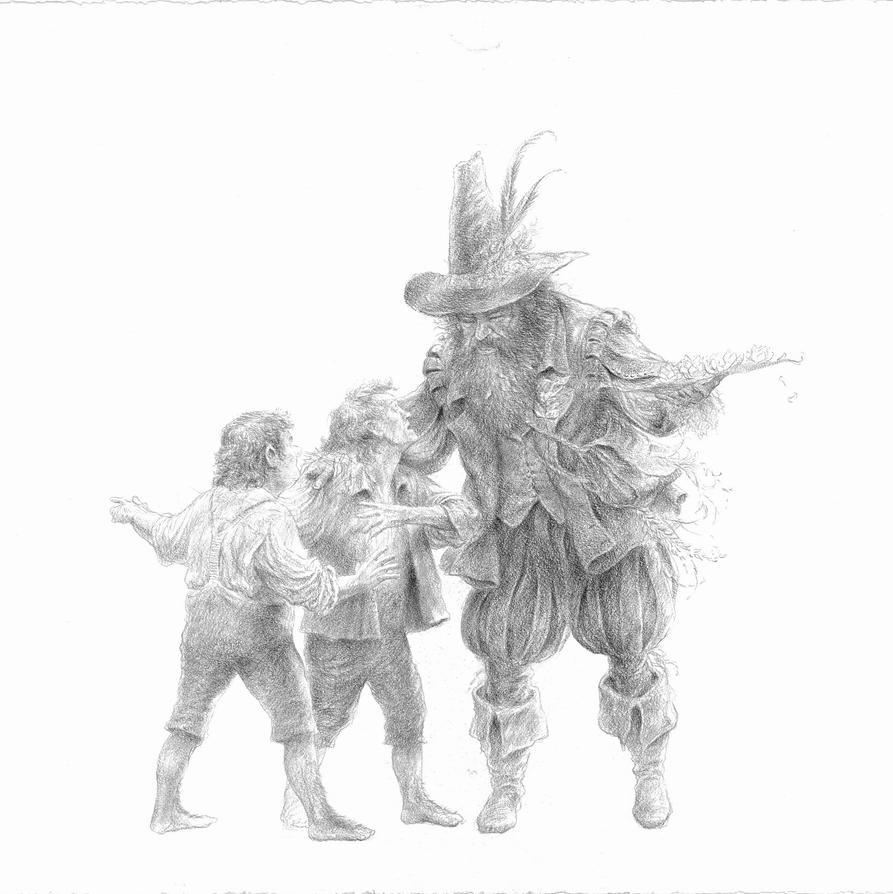
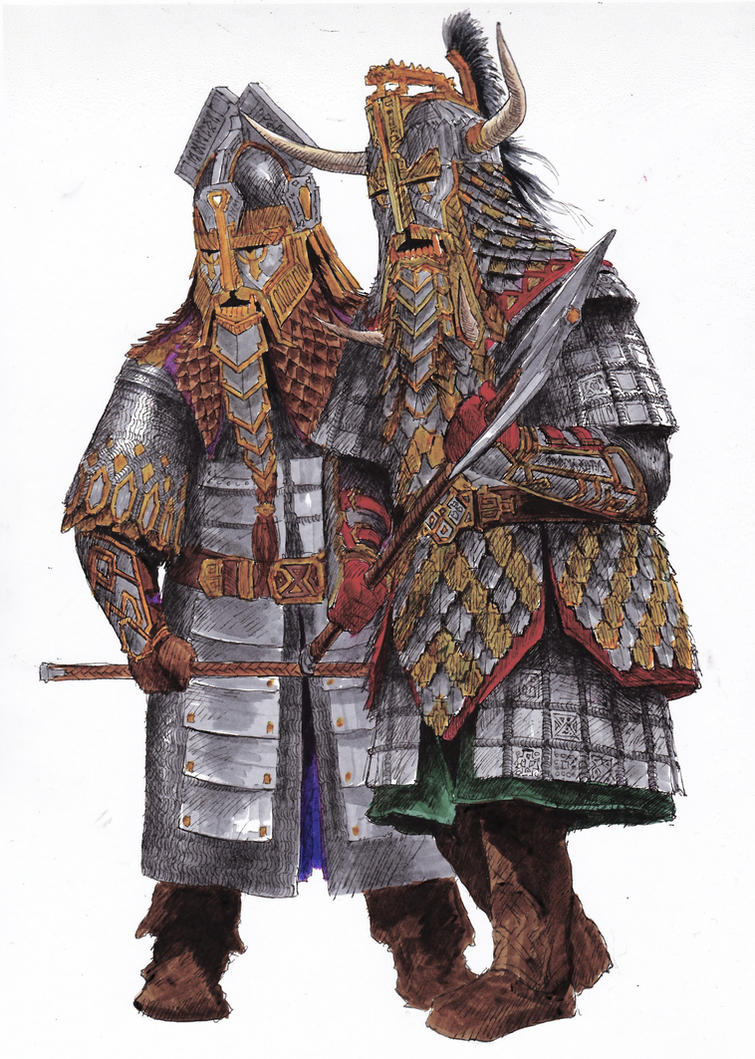
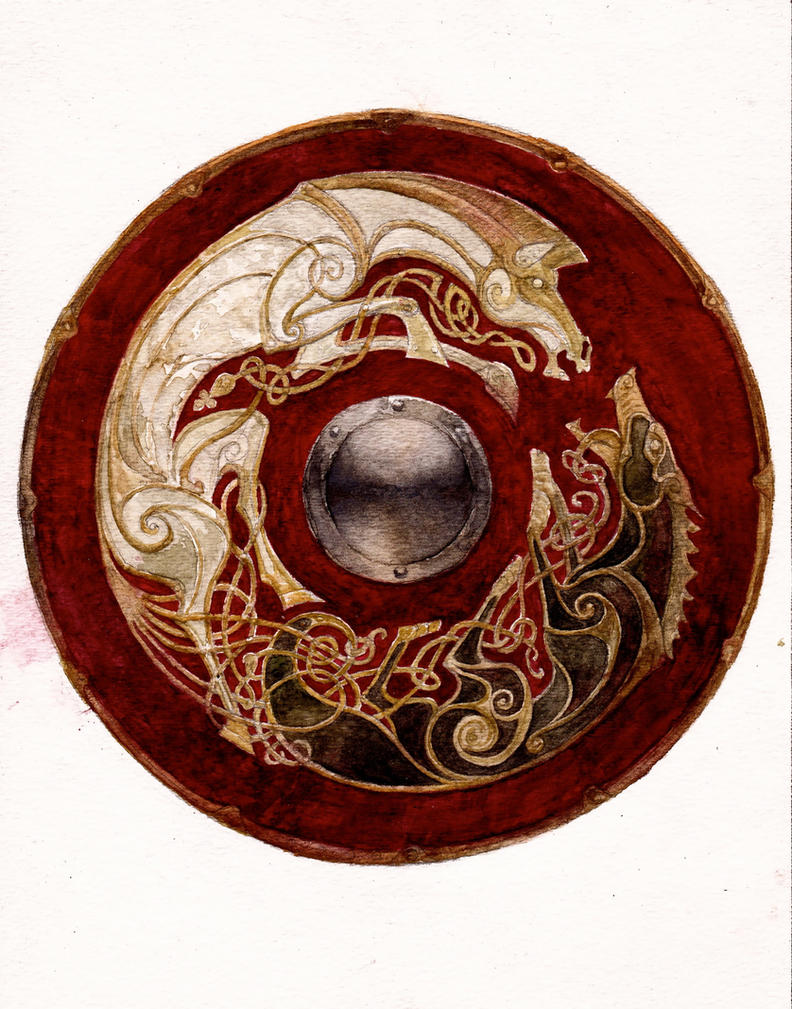
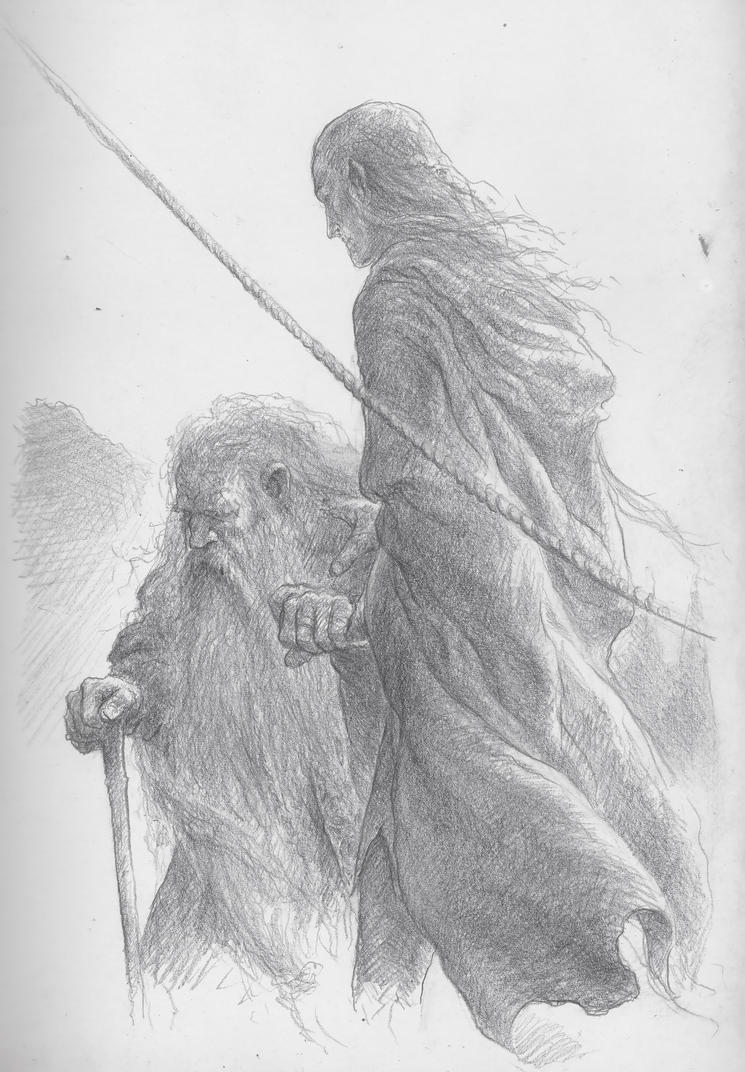


Pingback: Homepage